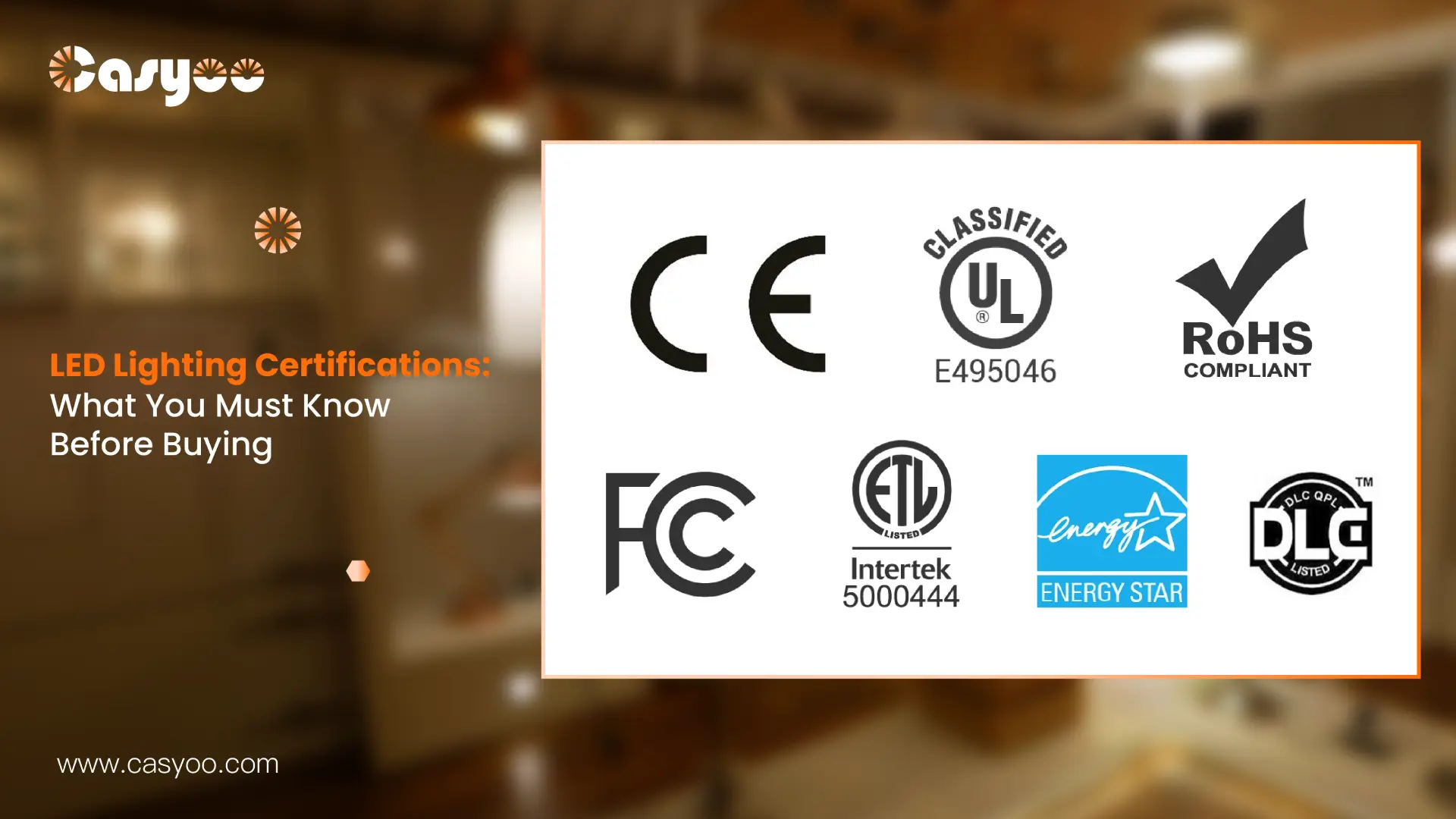The LED lighting sector has changed tremendously in the last decade. As an LED lighting engineer with 7 years of expertise, I’ve seen the technology progress from basic replacements for standard bulbs to complicated lighting systems. One thing stays constant: the need of product certification in guaranteeing safety and performance. You may make better purchasing decisions by reading this article, which will help you comprehend the complicated world of LED certifications.
The LED lighting market is witnessing extraordinary growth, with a forecast value of $127.2 billion by 2027. With such rapid expansion comes an urgent need to comprehend product certifications. Whether you’re a facilities manager trying to enhance your building’s lighting or a small company entering the market, knowing these credentials can help you avoid costly mistakes.
Why LED Lighting Certifications Matter
Think of LED certifications as your product’s passport; they specify where the light can go and what it can achieve. A client installed uncertified LED high bays in their warehouse when I first started working in this industry. Six months later, they received insurance claim denials following a small electrical issue. That’s when I realized the genuine importance of proper certification.
These credentials are not simply paperwork. More than $450 billion has been saved on utility bills by families and companies since 1992 thanks to Energy Star certified items. Additionally, they have prevented about 2.7 billion metric tons of greenhouse gas emissions, which is about the same as removing 500 million cars from the road for a year.
Safety First: UL and ETL Certifications
The first line of defense against any risks is safety certificates. UL certification, supported by over a century of testing experience, has established itself as the gold standard in North America. Ever pondered why it is so important? Last month, I evaluated a manufacturing facility where uncertified fixtures began to yellow after only three months, indicating poor heat management that could lead to safety hazards.
UL-listed items are rigorously tested for electrical safety, fire resistance, and long-term stability. Look for the UL logo and a unique certification number on the goods and packaging. It’s like having a safety inspector inspect each component before it arrives at your plant.
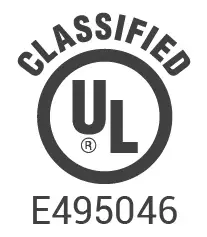
ETL certification provides an alternate approach to safety assurance. While not as well-known as UL, it tests to the same criteria. What’s the key difference? Certification times are often faster, and expenses may be lower. For purchasers, both certifications provide comparable assurance of safety; the choice between them frequently comes down to your supplier’s preference.
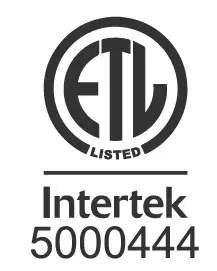
Performance and Efficiency: DLC and Energy Star
Think of DLC accreditation as a promise of energy savings. The DesignLights Consortium evaluates LED goods not just for efficiency, but also for light quality and endurance. Here’s something most customers don’t realize: DLC-certified goods frequently qualify for utility rebates, which can cover up to 50% of the purchase price.
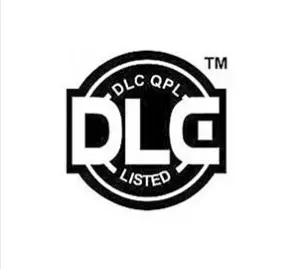
Energy Star certification is mostly for home and light business applications. Third-party testing must show that products save energy and provide high performance quality. A brief advice from my experience: check the Energy Star label for the expected yearly energy cost; it’s often surprising when compared to standard lighting options.
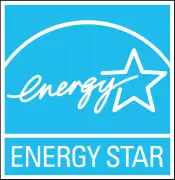
International Market Access: CE and RoHS
Are you looking to source or sell LED lighting internationally? The CE mark is your access to the European market. It’s more than simply a logo; it represents compliance with all EU safety and environmental regulations. The designation indicates that the maker is certain that their product meets these requirements; nonetheless, consumers should still verify the accompanying documentation.
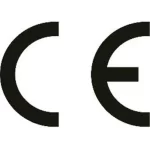
RoHS compliance is synonymous with CE marking. It assures that your LED lights are free of harmful materials such as lead and mercury. I’ve witnessed the consequences firsthand: a client had to recall an entire shipment because their supplier couldn’t present acceptable RoHS documentation. What’s the lesson? Before making large purchases, always check for RoHS compliance.
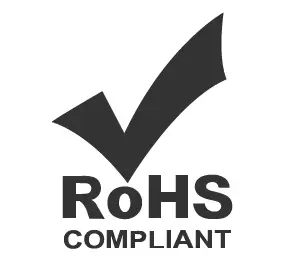
Ensuring Electromagnetic Compatibility: FCC Certification
FCC approval is essential for LED products that use wireless technology or electronic drivers. This US Federal Communications Commission rule ensures that your illumination does not interfere with other electronic equipment. The majority of LED lighting devices are classified as “unintentional radiators” under FCC standards (47 CFR Part 15).
How does this affect your LED product selection? A properly installed FCC-certified LED fixture will not interfere with your building’s wireless systems or other electronic devices. This is especially critical in current workplace contexts, where LED lighting coexists with sensitive communication equipment and IoT sensors.
There are two major FCC certification categories related to LED lighting:
- Unintentional radiators (most LED fixtures)
- Intentional radiators (smart LED products with wireless capabilities)
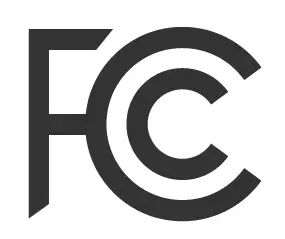
Regional Lighting Standards: A Global Perspective
Different regions have unique certification requirements. In North America, UL or ETL certification is almost required for commercial installations. The EU demands both CE marking and RoHS compliance. Asia Pacific markets frequently have their own standards; for instance, Japan requires PSE certification for electrical products.
Casyoo understands these global requirements. Our LED products comply with all main international standards, ensuring seamless deployment wherever your project takes you.
Future Trends in LED Certification
The LED certification environment is changing rapidly. Energy efficiency rules are becoming more stringent; what meets DLC criteria now may not qualify next year. Environmental concerns are gaining center stage, with new laws emphasizing recyclability and carbon impact.
Smart lighting capabilities present new certification issues. As LED lighting incorporate more wireless controls and sensors, cybersecurity certification is becoming equally vital as electrical safety. Certification agencies are developing new standards expressly for connected lighting systems.
Smart Buying Guide: What to Look For
Essential Certification Checklist
Let me give you some insider knowledge that may help you save money and time. Begin with the basics: a safety certification (UL/ETL), an energy efficiency rating (DLC/Energy Star), and any region-specific markings required by your location. Don’t forget about unique needs, such as NSF certification for food areas or specific IP ratings for outdoor installations.
Document Verification
Always obtain an updated test report along with the certification documentation. The report should be no more than two years old, as technology develops rapidly in our business. When checking documentation, make sure the model numbers are correct. Manufacturers frequently provide comparable product lines with varying certification levels. A single digit in the model number could make the difference between a properly approved product and one that does not satisfy your specifications.
Red Flags to Watch
Never be afraid to ask questions. Credible suppliers and manufacturers must to be able to give precise details about their credentials. I once came across a source advertising “UL certified” products at half the market price; a short investigation revealed phony certification marks. An offer is most likely fake if it seems too good to be true.
How to Verify LED Certifications Authenticity
UL Mark Verification
Identifying counterfeit UL markings has become increasingly crucial. Look for the following crucial elements:
- The “Enhanced UL Mark” with:UL symbol in a circle, the word “CERTIFIED”, unique alphanumeric control number
- A holographic label
Verify any certification on UL’s website (productspec.ul.com). Each manufacturer has a unique UL file number (E-number) that corresponds to their company and goods.
ETL Mark Authentication
ETL marks, issued by Intertek, should include:
- ETL logo in a circle
- “Listed” or “Classified” wording
- A unique control number
- “Intertek” name
Verify ETL certifications through Intertek’s directory at (intertek.com/directory).
DLC Certification Check
DLC makes verification straightforward with their Qualified Products List (QPL):
- Visit DLC website
- Search by manufacturer, model number, or certification number
- Check the certification status and details
- Note the specific performance category (Standard or Premium)
Energy Star Verification
Energy Star certified products can be verified through:
- The Energy Star Product Finder tool (energystar.gov)
- Official certification label features:Energy Star logo, product-specific energy consumption data, unique certification number
CE and RoHS Verification
For CE marking:
- Look for the standard CE logo (specific height and proportion)
- Request the Declaration of Conformity (DoC)
- Check if the manufacturer has a European representative
For RoHS:
- Request the RoHS compliance documentation
- Check for technical file references
- Verify test reports from accredited laboratories
FCC Label Authentication
FCC certification can be verified through:
- The FCC ID search tool (fcc.gov/oet/ea/fccid)
- Required label elements:FCC logo, FCC ID number, product compliance statement
Red flags for any certification include:
- Missing or unclearcertification marks
- Marks printed on products without adequate labeling
- Certification numbers not listed in official databases
- Exceptionally cheap costs for verified products
Making Your Next LED Purchase
Making educated decisions requires an understanding of LED certifications, which may seem complex at first. The proper certifications not only ensure safety and performance, but they can also result in significant cost savings via energy efficiency and utility rebates.
Are you ready to investigate certified LED lighting solutions? At Casyoo, we make certification verification simple. Visit our website to see our completely certified product line, or contact our technical staff for experienced advice on your individual lighting requirements.
Remember, proper certification provides guarantee of quality, safety, and performance. Over time, your LED lighting system will pay for itself as an investment in peace of mind.
